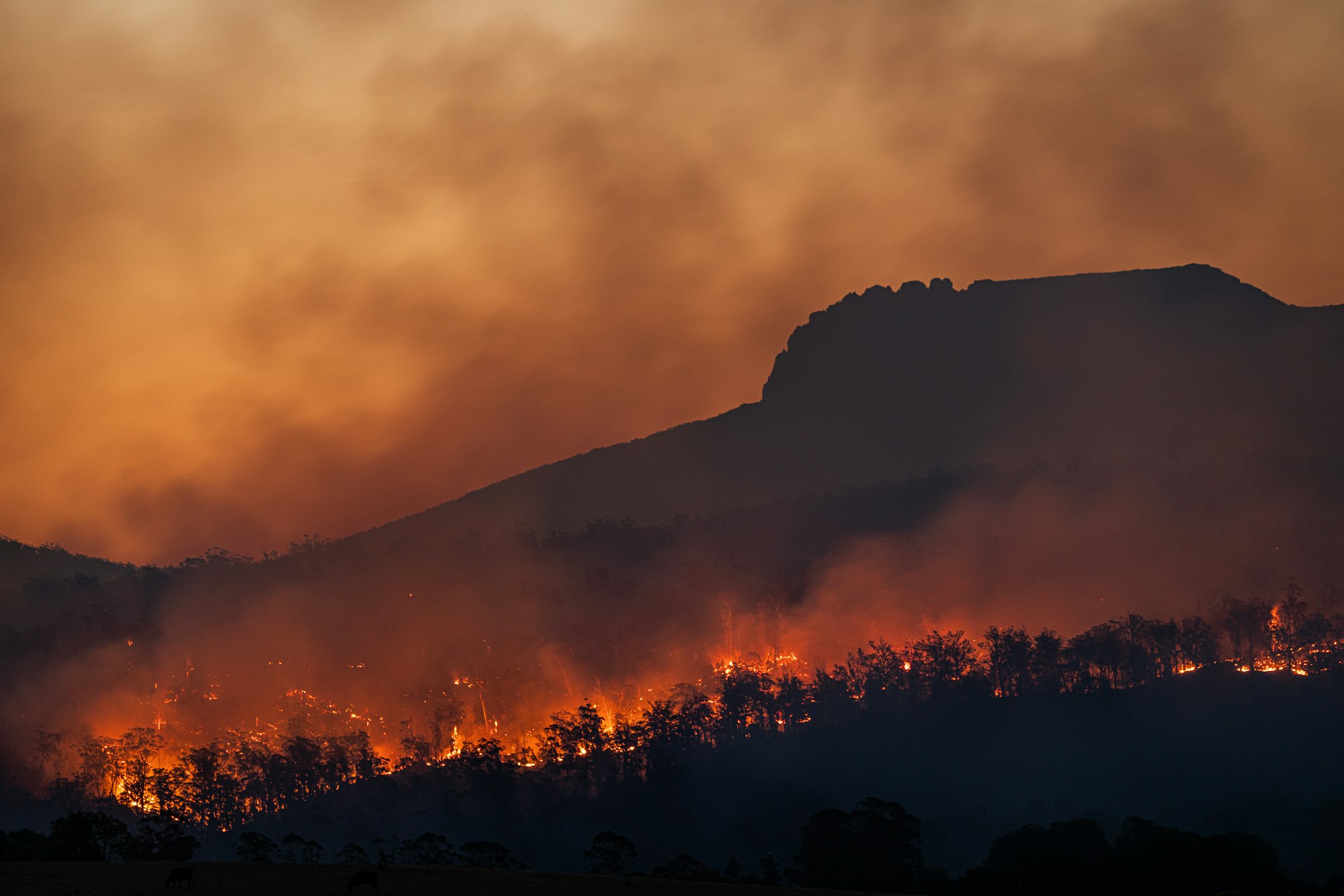Red Flag Warnings
What goes into these important fire danger warnings?

Many of us are familiar with the National Weather Service’s Red Flag Warnings which are issued occasionally by local Weather Forecast Offices when conditions warrant. RFWs serve as a notice to fire managers on federal lands of conditions that are highly unfavorable for prescribed burns and may lead to especially hazardous wildfire growth. They also serve to warn the public of these conditions to enable planning for, or postponement of, brush burns or other open fires.
Red Flag Warnings are usually only issued during the spring and fall fire weather seasons, generally February 15 - April 30 and October 1 - December 15. In states like Colorado, however, drought conditions and very low humidities, common at high elevations, have prompted RFWs throughout the year.
What are the conditions that prompt a Red Flag Warning? Red Flag criteria exist whenever a geographical area has been in a dry spell for a week or two, or for a shorter period if occurring before leaves become green in spring or after fall color, and the National Fire Danger Rating System (NFDRS) is high to extreme. Additional factors are:
• Ten-hour fuels of 8% or less. Ten-hour fuels describes how much water is held by small vegetation such as grass, leaves, and mulch that take only about ten hours to respond to changes in dry or wet conditions;
• Relative humidity less than or equal to 25%;
• Temperature greater than 75°F;
• Sustained winds >15 mph at 20 feet above the surface;
• In some states, dry lightning and unstable air are also criteria.
Depending on the other factors, some Weather Forecast Offices (WFO) seem to favor humidity levels at or below 15%.
Forecasters will also issue a RFW during an on-going event or if forecaster confidence is high that Red Flag criteria will be met within 24 hours of issuance. A Fire Weather Watch may be issued prior to the Red Flag Warning.
In general, the WFO tries to avoid issuing RFWs sporadically. For example, RFW criteria are often diurnal, i.e. present during the day, but not during the night. If the conditions are expected to persist for more than one day, the forecasters will likely issue the RFW continuously for the period, rather than turning it off and on from day to night. Additionally, a RFW may be issued if all of the conditions exist except temperatures are expected to be below 75°F. This is mostly drought dependent. An RFW will not be issued if the criteria are only met for very short periods of time, generally less than three hours, or if conditions are changing rapidly and forecaster confidence is low.
Note that researching Red Flag Warnings reveals several NWS articles on RFW issuance that are inconsistent in their descriptions of criteria that warrant issuance of a RFW. Forecaster discretion and local knowledge will be the deciding factor in this case.
